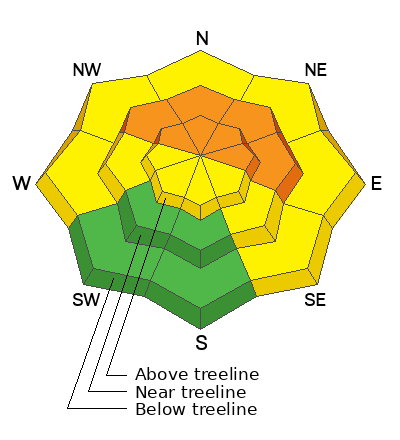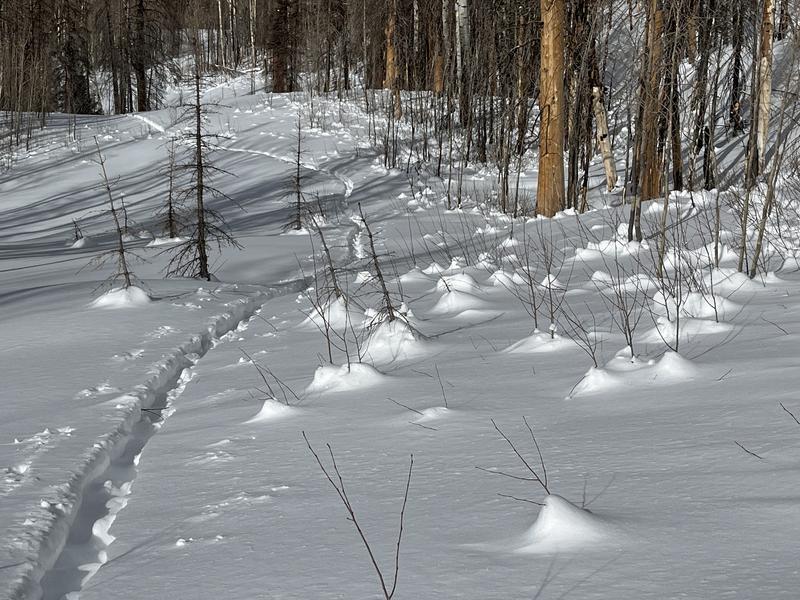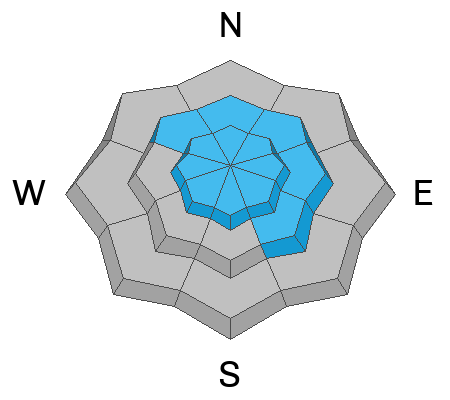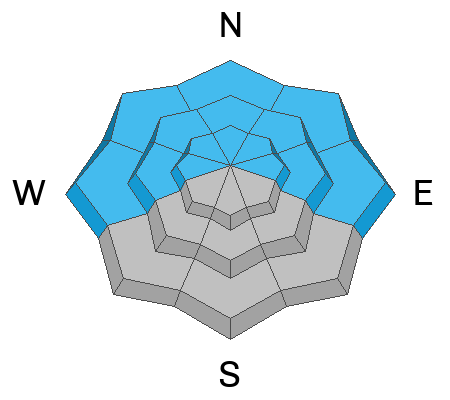Forecast for the Moab Area Mountains

Issued by Eric Trenbeath on
Friday morning, January 12, 2024
Friday morning, January 12, 2024
A CONSIDERABLE avalanche danger exists on steep, wind drifted slopes near treeline and above that face NW-N-E and human-triggered avalanches are LIKELY. In these areas, triggered slabs of wind drifted snow have the potential to step down into weaker, faceted snow underneath causing a deeper, and more dangerous avalanche.
A MODERATE danger exists on W and SE aspects where you can detect recent deposits of wind drifted snow. West facing slopes also harbor weak, faceted snow underneath, and deeper, more dangerous avalanches are possible in these areas.
Most south facing terrain near treeline and below has LOW danger due to the effects of wind scouring and low snow conditions. Small avalanches on isolated terrain features remain possible.

Low
Moderate
Considerable
High
Extreme
Learn how to read the forecast here











